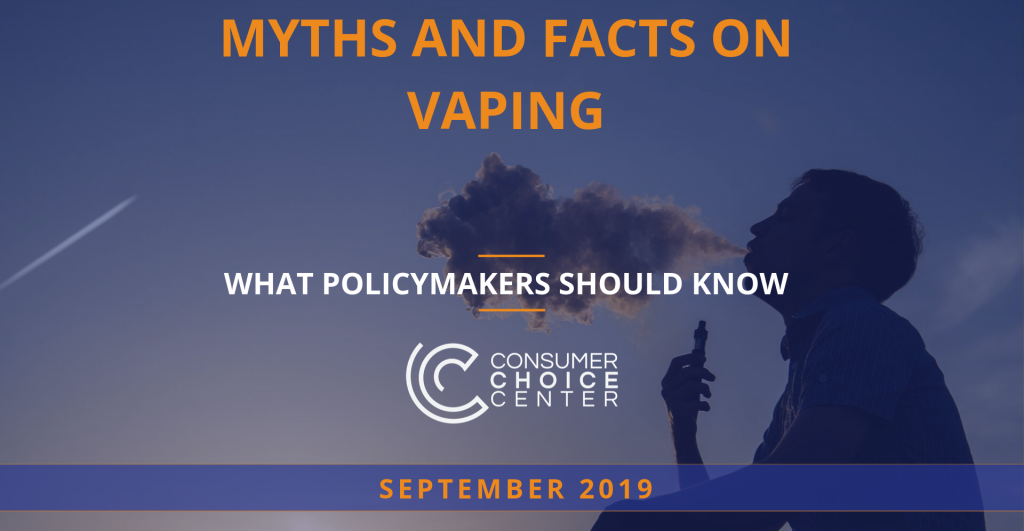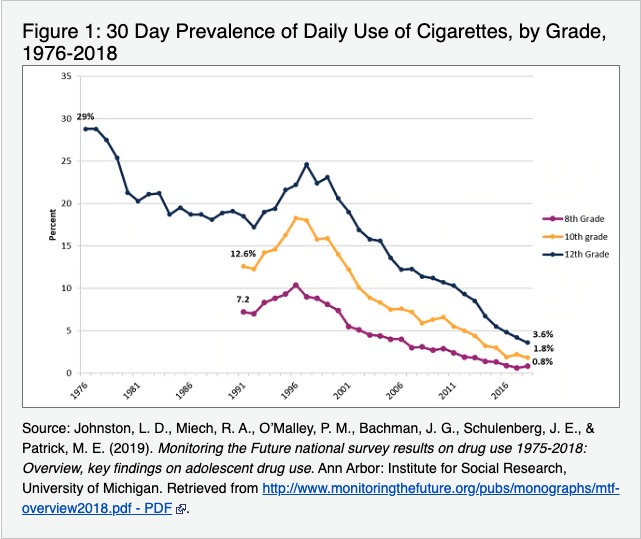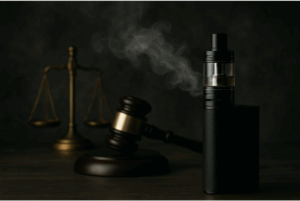Governments must target the black market, not legal vendors, to crack down on youth vaping
Policymakers across Canada should be rightly concerned about vapes falling into the hands of vulnerable youth. The illicit market is a growing problem across Canada, and many governments are stepping up to address that reality. In their 2025 budgets, the governments of Alberta, Ontario, and Saskatchewan all committed resources...




 Less than 14% of U.S. adults are now smokers, the
Less than 14% of U.S. adults are now smokers, the 
